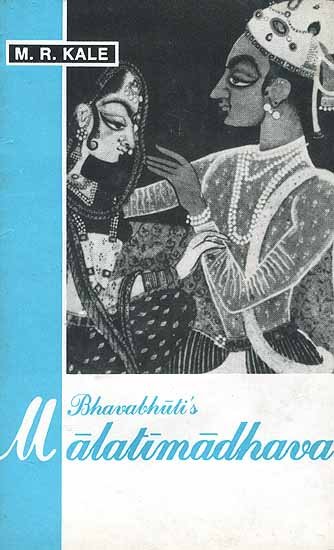Malatimadhava (study)
by Jintu Moni Dutta | 2017 | 52,468 words | ISBN-10: 8120813057 | ISBN-13: 9788120813052
This page relates ‘Delineation of Rasa in the Malatimadhava—Introduction’ from the English study on the Malatimadhava of Bhavabhuti:—A Prakarana type of Drama in ten acts revolving around the love-story of Malati (from Padmāvatī) and Madhava (from Vidarbha). This study discusses the history of its author and the literary, social, religious, historical and cultural aspects of the Malatimadhava.
Part 1.3 - Delineation of Rasa in the Mālatīmādhava—Introduction
Here an attempt has been made to show how Bhavabhūti has displayed his excellence in the delineation of rasa in the Mālatīmādhava. The subject matter of the Mālatīmādhava suggests that the Śṛṅgāra is the principal (aṅgī) sentiment. The subsidiary (aṅga) sentiments of Mālatīmādhava are Karuṇa, Raudra, Vīra, Adbhuta, Bhayānaka and Bībhatsa. Here the poet has successfully delineated the principal sentiment i.e Śṛṅgāra rasa (erotic sentiment) as well as other sentiments in the Mālatīmādhava.
A. Sankaran, in his book remarks,
“Bhavabhūti shows to be an expert in the combination of allied and contrary rasas. In the tiger incident Vīra rasa is introduced to aid the development of Śṛṅgāra.He dexterously delineates even Bībhatsa to aid the progress of love. Again he says Bhavabhūti shows how the change from Bībhatsa to the predominant rasa, Śṛṅgāra is skilfully brought about through the intervention of other rasas—Bhayānaka, Karuṇa, Vīra, Adbhūta, Raudra–all of them developed only to a small extent and made ancillary to the main Śṛṅgāra rasa.”{GL_NOTE::}
